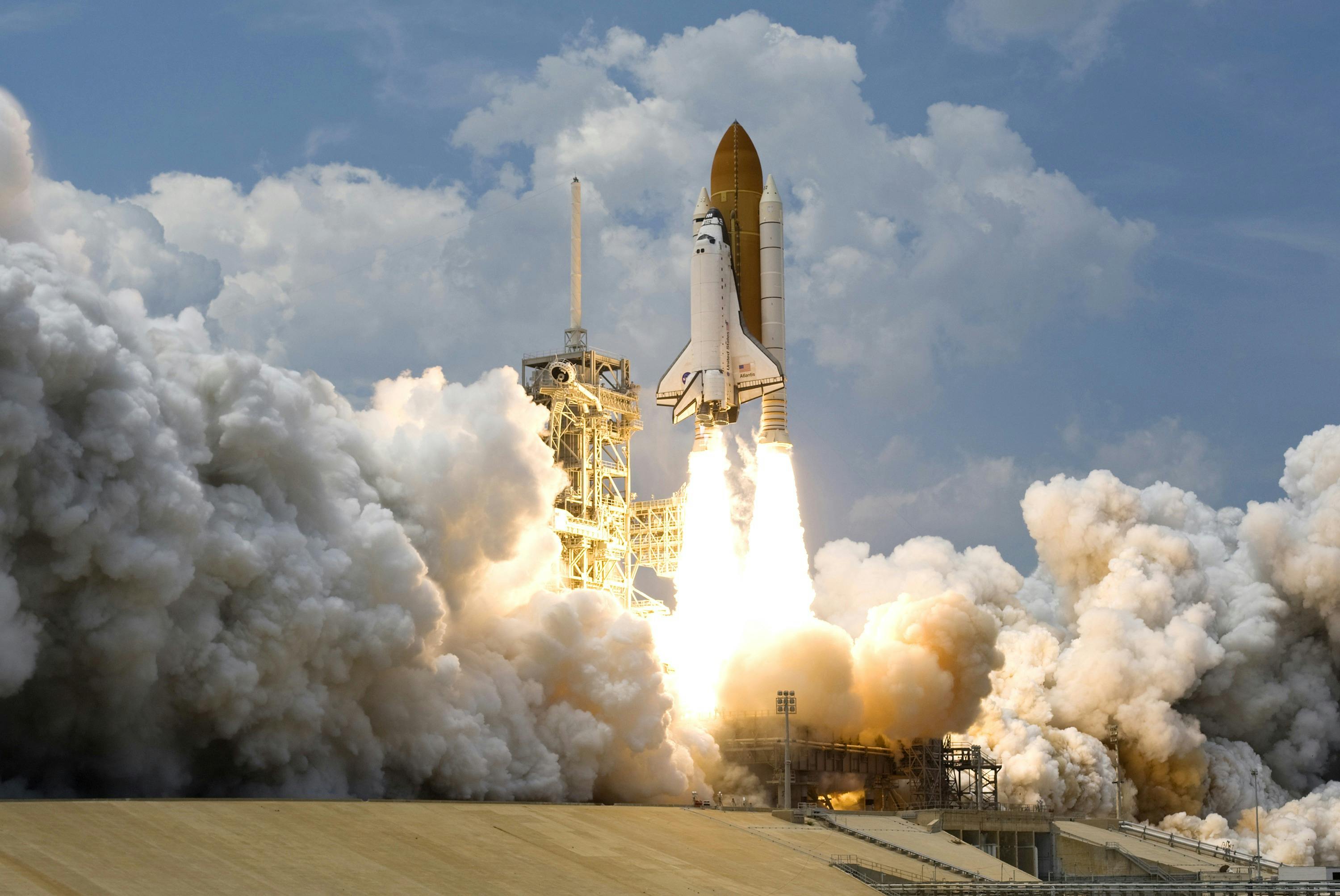On April 5, 1991, the Space Shuttle Atlantis lifted off from Launch Pad 39B at NASA's Kennedy Space Center in Florida, marking the eighth mission of the Atlantis and the 37th overall mission of the Space Shuttle program. The primary objective of the mission, known as STS-37, was to deploy the Compton Gamma Ray Observatory (CGRO), a space telescope designed to study gamma rays, the most energetic form of electromagnetic radiation.
The mission was originally scheduled to launch on March 15, 1991, but was delayed due to concerns about the performance of the shuttle's main engines. After a successful test firing, the launch was rescheduled for April 5, 1991.
The six-member crew of STS-37, led by Commander Steven Nagel, included Pilot Kenneth Cameron and Mission Specialists Jay Apt, Linda Godwin, Jerry Ross, and Jerome "Jay" Wiedner. The crew was tasked with deploying the CGRO from the shuttle's cargo bay and placing it into a circular orbit around the Earth.
The CGRO was the second of NASA's "Great Observatories" to be launched, following the Hubble Space Telescope in 1990. The observatory was designed to study gamma rays, which are produced by some of the most violent and energetic processes in the universe, such as supernova explosions and black holes. The CGRO was equipped with four scientific instruments, including a gamma-ray imaging detector, a gamma-ray burst detector, a spectrometer, and an imaging Compton telescope.
The deployment of the CGRO was a challenging task for the crew of the Atlantis, as the observatory weighed over 17,000 pounds and had to be carefully maneuvered out of the shuttle's cargo bay using the Remote Manipulator System (RMS). Despite the difficulty of the task, the crew successfully deployed the CGRO on April 7, 1991, and it remained in operation until June 4, 2000, when it was intentionally deorbited and burned up in the Earth's atmosphere.
The STS-37 mission also included a number of secondary objectives, including the testing of new materials and equipment for use in future missions, as well as the deployment of a small satellite to study the Earth's ionosphere.
Overall, the STS-37 mission was a success, with the deployment of the CGRO representing a major milestone in the study of gamma-ray astronomy. The mission demonstrated the capabilities of the Space Shuttle program and the skill and dedication of its crew, who worked tirelessly to ensure its success.

